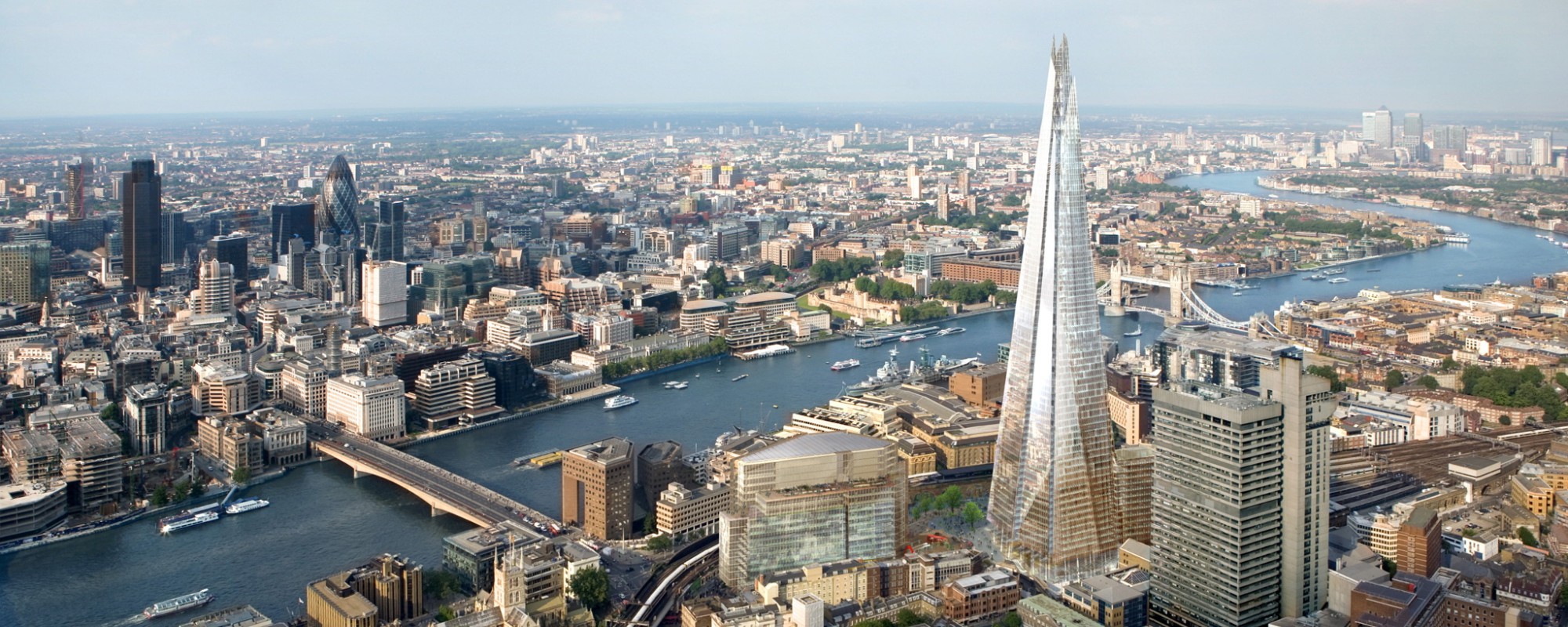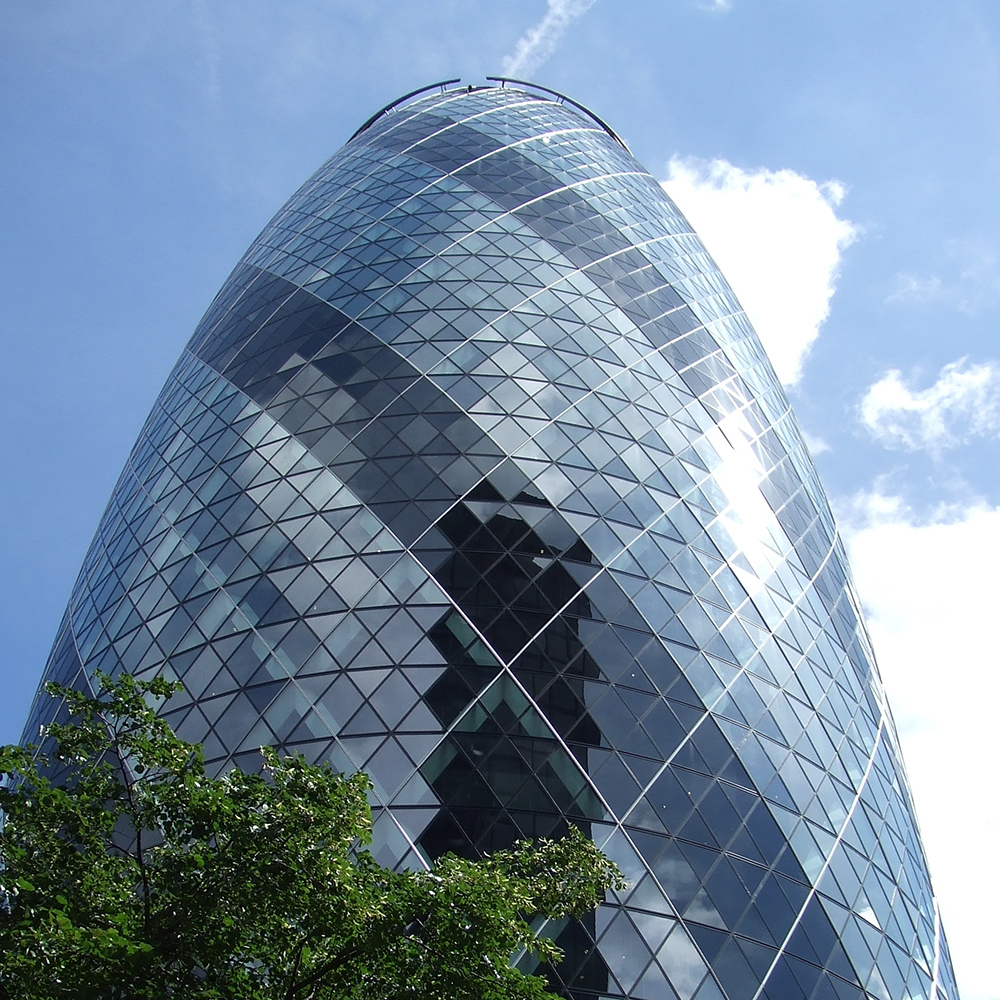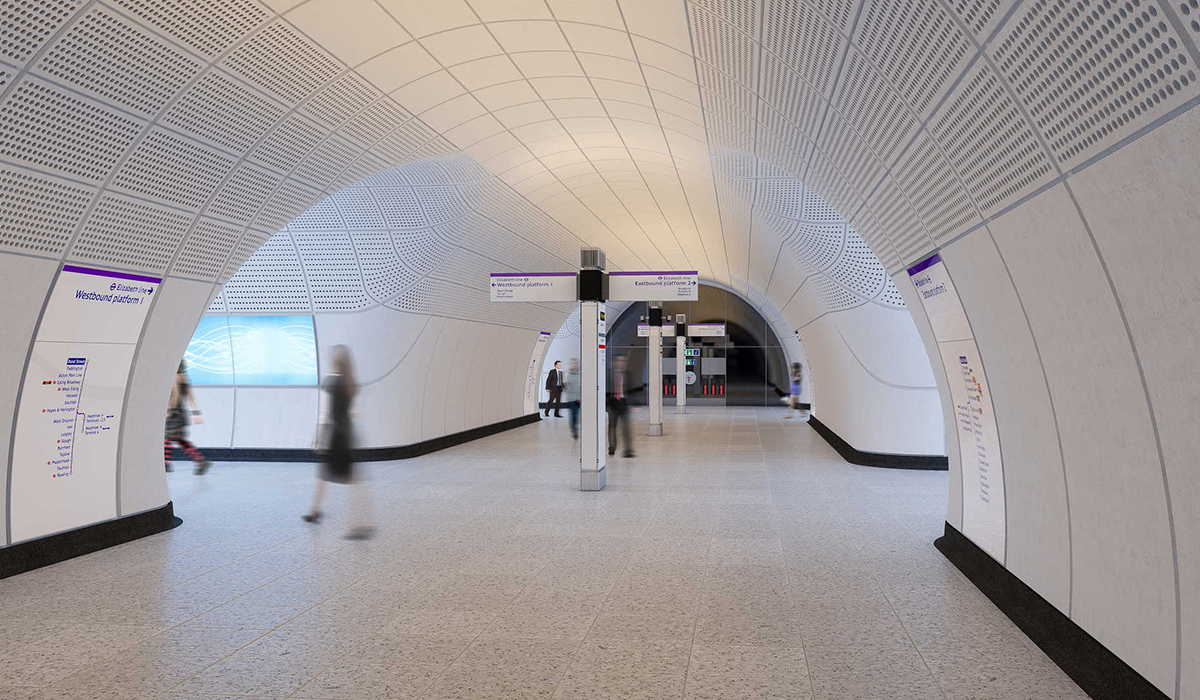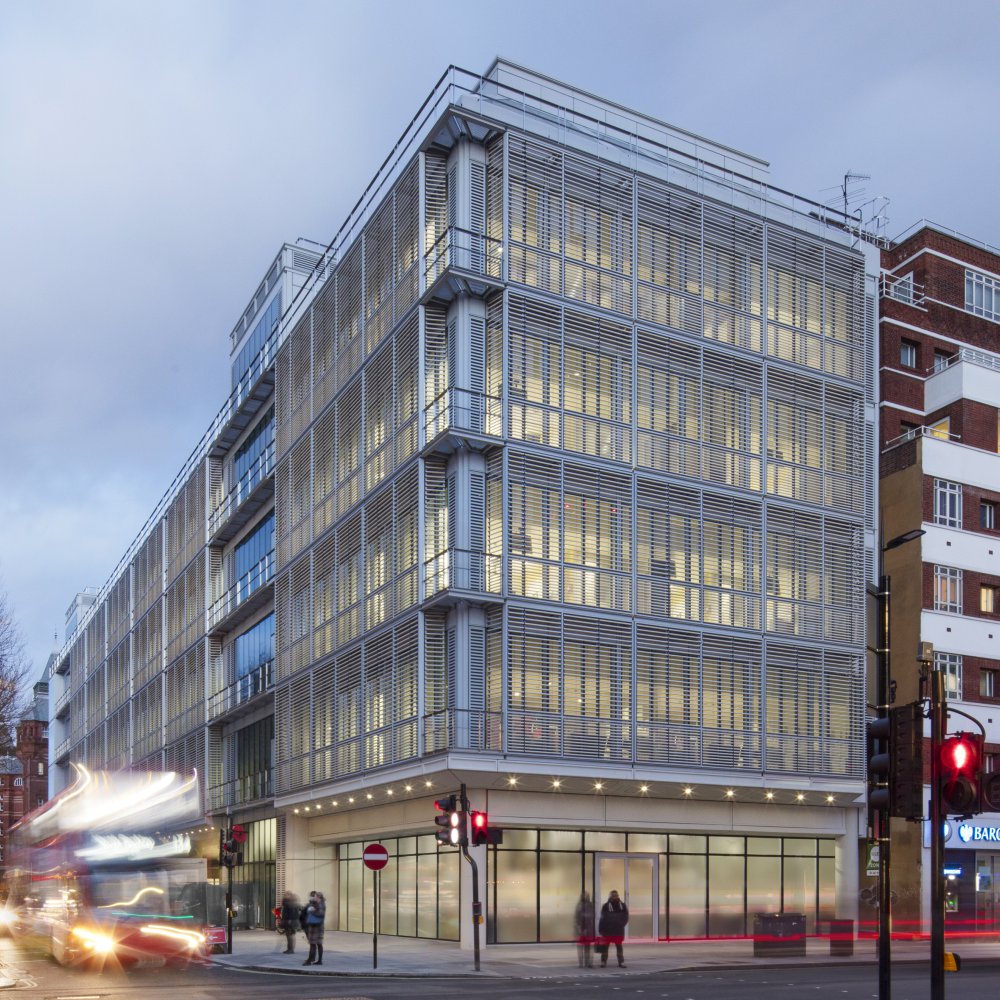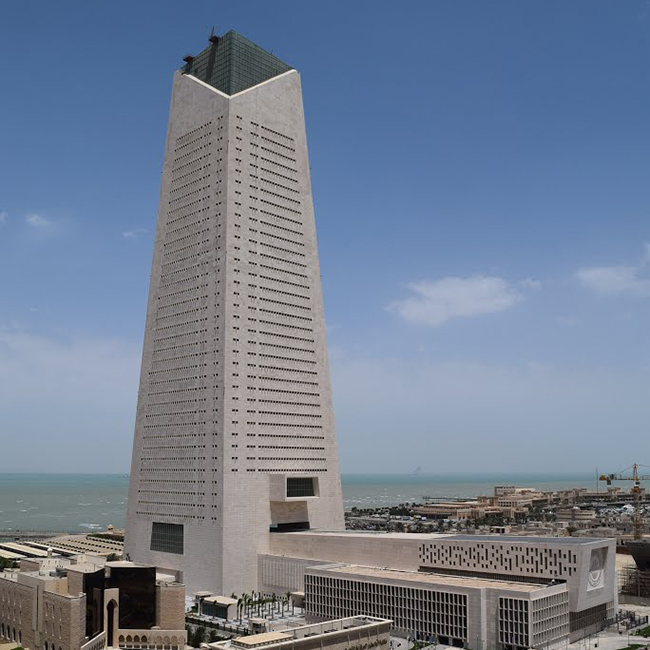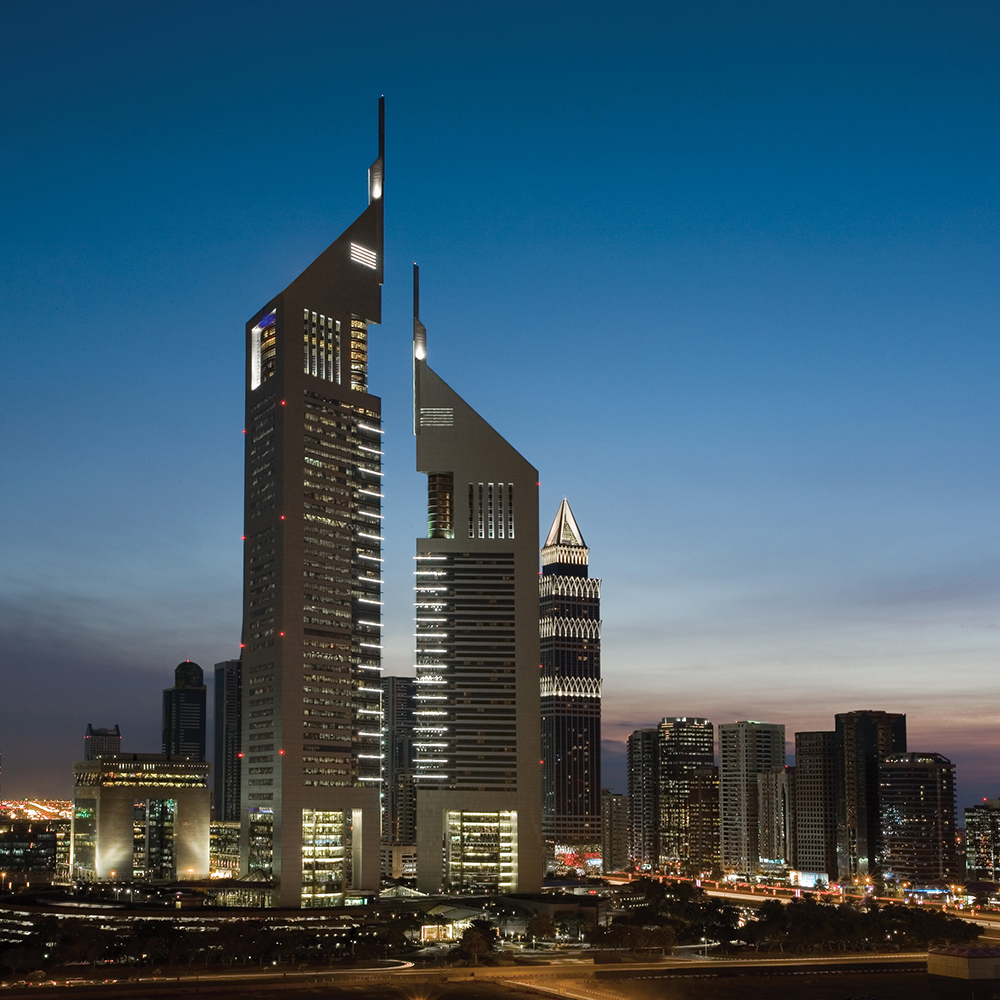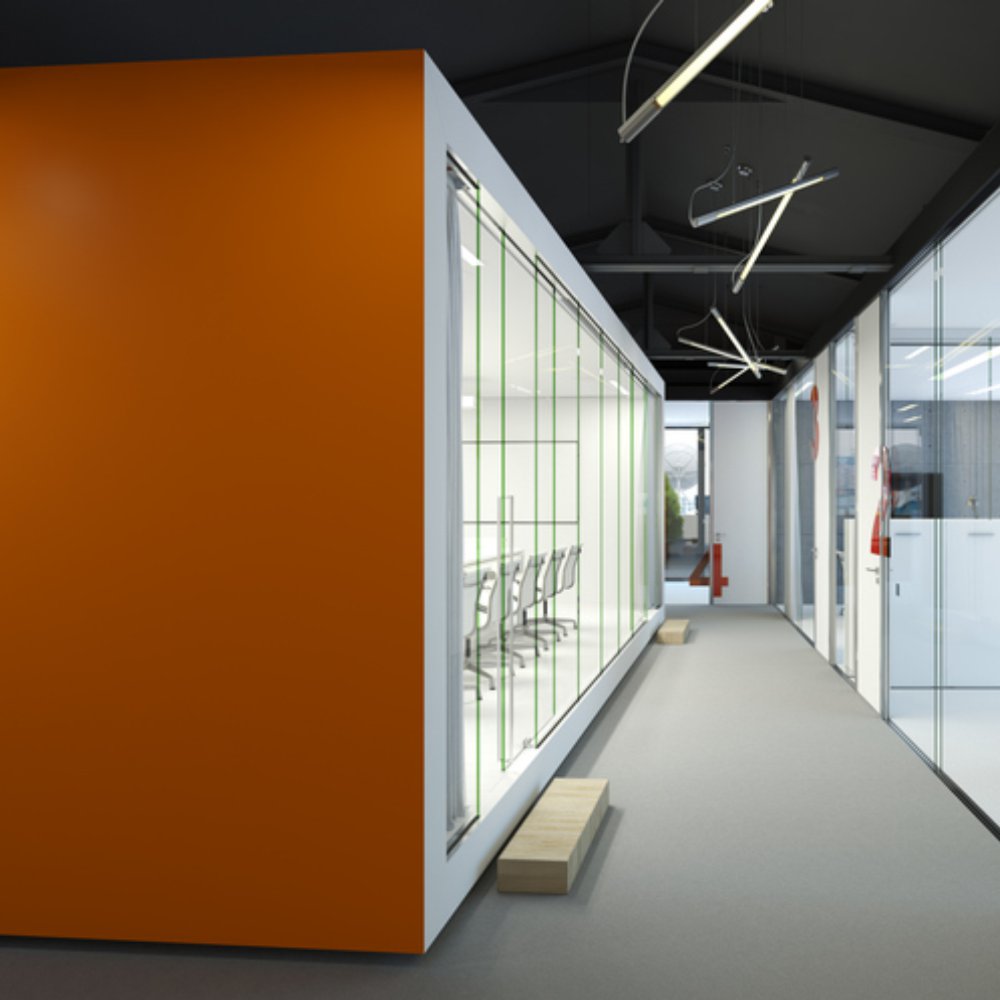A vertical city, operating twenty-four hours a day
The Shard comprises a mix of commercial office space, retail, restaurants, hotel and apartments, and a public viewing gallery offering panoramic views across the City of London and beyond.
Managed and monitored by Delmatic– twenty-four hours a day
A Delmatic DALI system manages and monitors lighting throughout front-of-house, shell and core and public areas of the tower, within the unique Views from the Shard public galleries, as well as fully flexible control and monitoring within the 60,000 sq.m office fit-out areas. In addition, the system provides comprehensive DALI emergency light testing and monitoring throughout the building including back of house and plant room areas.
A text-book example of how to apply DALI technology
The Shard is a text-book example of how to apply DALI technology. DALI is used throughout The Shard and the system design demonstrates the benefit of adopting different DALI strategies within specific areas of a building.
Within each area, DALI is applied in different ways to best match the required flexibility with the preferred method of installation while minimising or completely avoiding the need to address Dali ballasts. The project makes full use of Delmatic’s extensive range of DALI hardware – DALI Plug-in modules, DALI Broadcast modules and DALI Buswire modules, DALI presence detectors, DALI multisensors, DALI switch-interfaces, DALI scene-set panels, DALI relays and DALI emergency monitoring devices – all managed and monitored in real time by graphical network software.
DALI Plug-in approach within office areas
Office areas need to provide total flexibility for tenants. DALI Plug-in modules provide independent control of each lamp with individual lamp/ballast failure monitoring while plug-in connectivity speeds installation, is convenient for tenants and avoids the need to address DALI ballasts on site.
DALI Broadcast approach in core areas and toilets
DALI broadcast modules provide control in fixed areas where a high degree of flexibility is not required. DALI Broadcast modules control lighting channels and monitor lamp and ballast failure within shell and core areas and avoid the need to address DALI ballasts on site.
DALI Buswire in stairwells and plant areas
Staircases suit a vertical network buswire installation yet need the flexibility to address lighting along the buswire. DALI buswire modules enable sensors and lights to be individually addressed so that the route can be lit above and below the floor where motion is detected.
Fully flexible and versatile for tenant fit-out applications
The 60,000 sq.m of commercial space has been fitted out for a wide variety of applications including offices, educational and learning centres and private medical facilities. Occupiers have harnessed the flexibility of the Delmatic system to meet their very specific lighting and operational requirements while also enhancing their system with scene-setting, IP telephone control, web-browser control, touchpad / touchpanel control and integrated services.
The complete network is remotely managed and monitored through graphical animated software.
The building’s faceted shape recalls the steeples of historic London
The Shard pierces the sky as it rises more than 310 m into the air. Designed by Italian architect Renzo Piano, the faceted spire recalls the church steeples and masts of boats featured in historic engravings of London, while the tapered glass façades reflect sunlight and the sky causing the building appearance to change according to the weather and the seasons.






